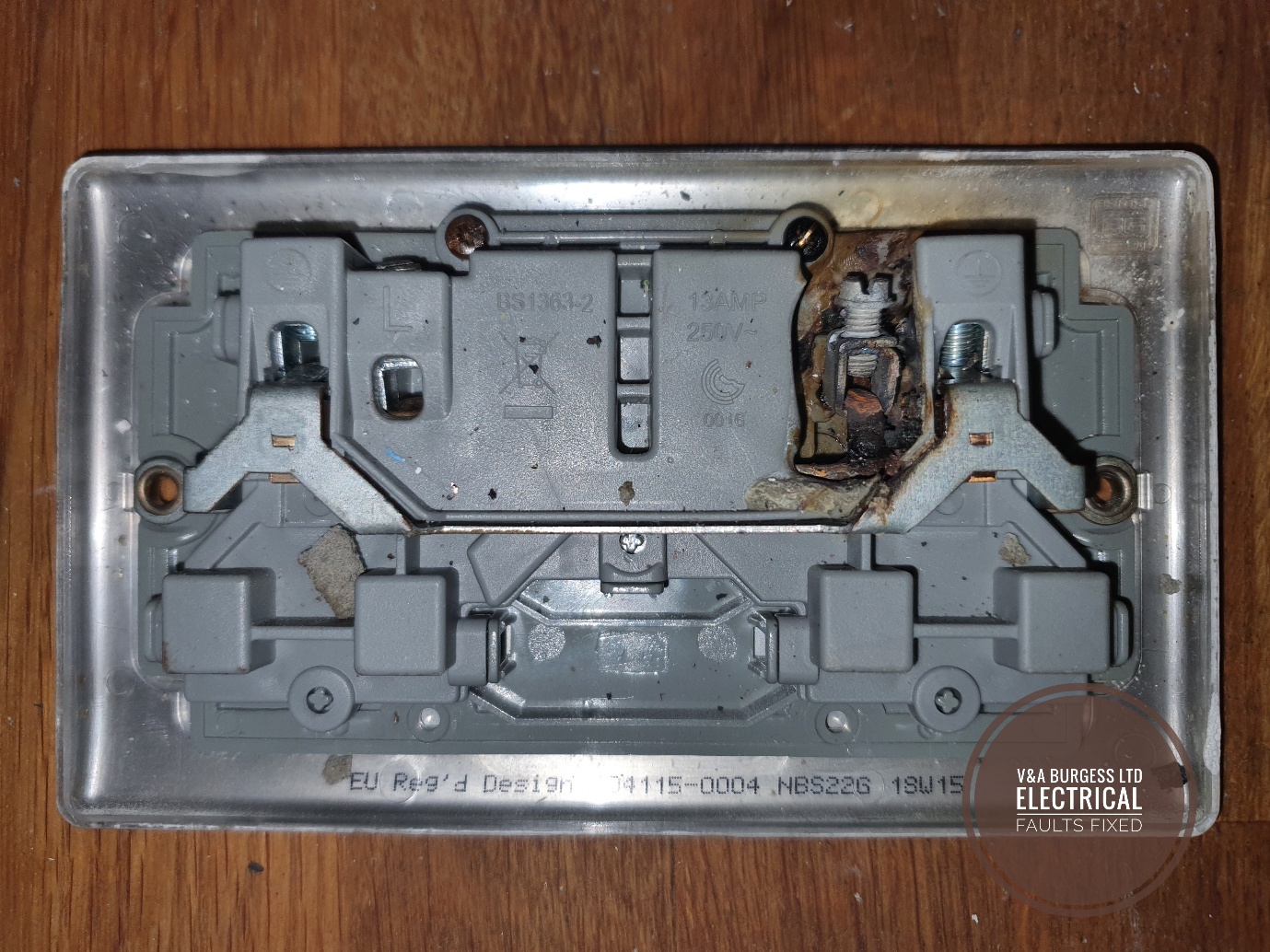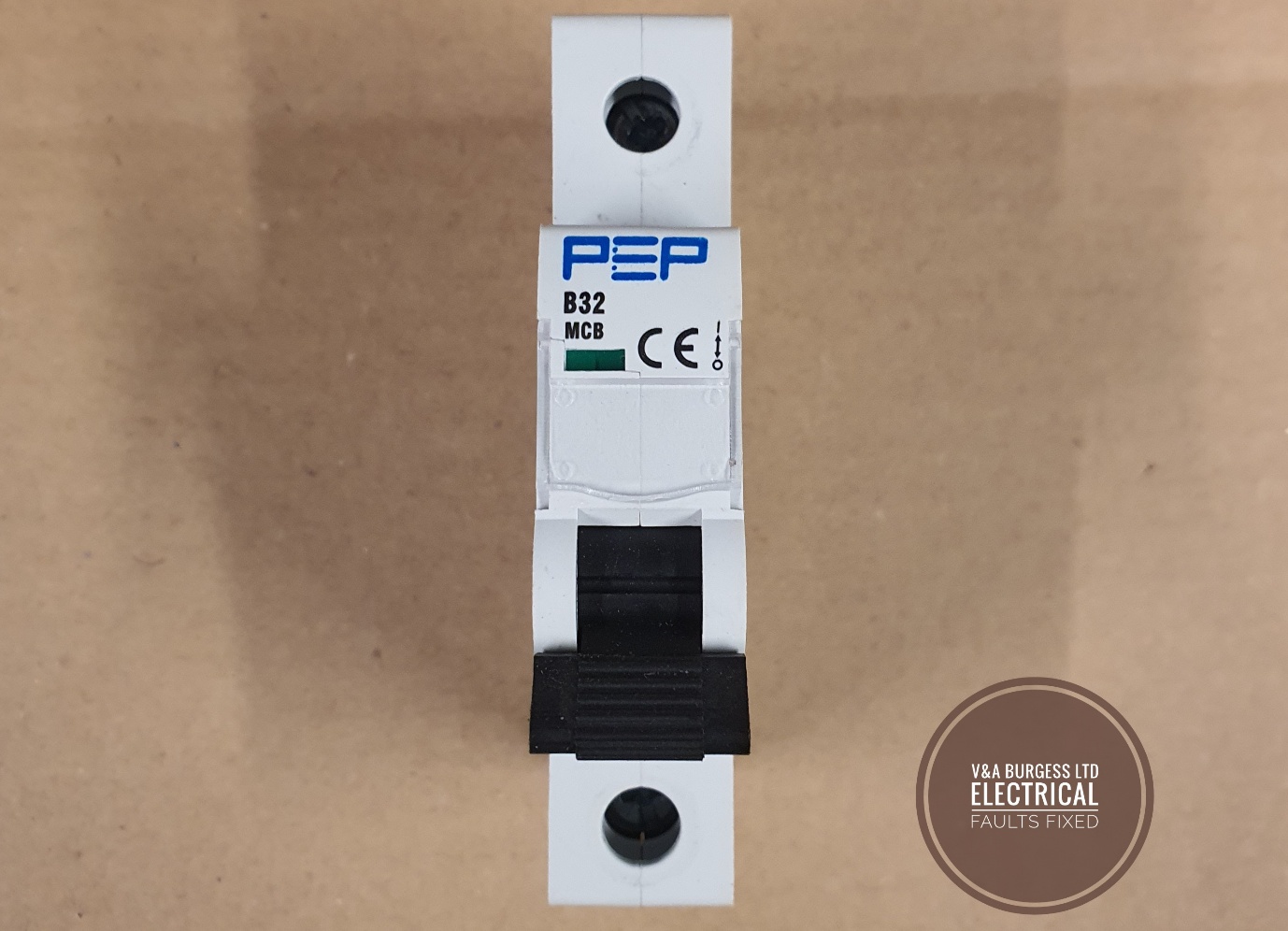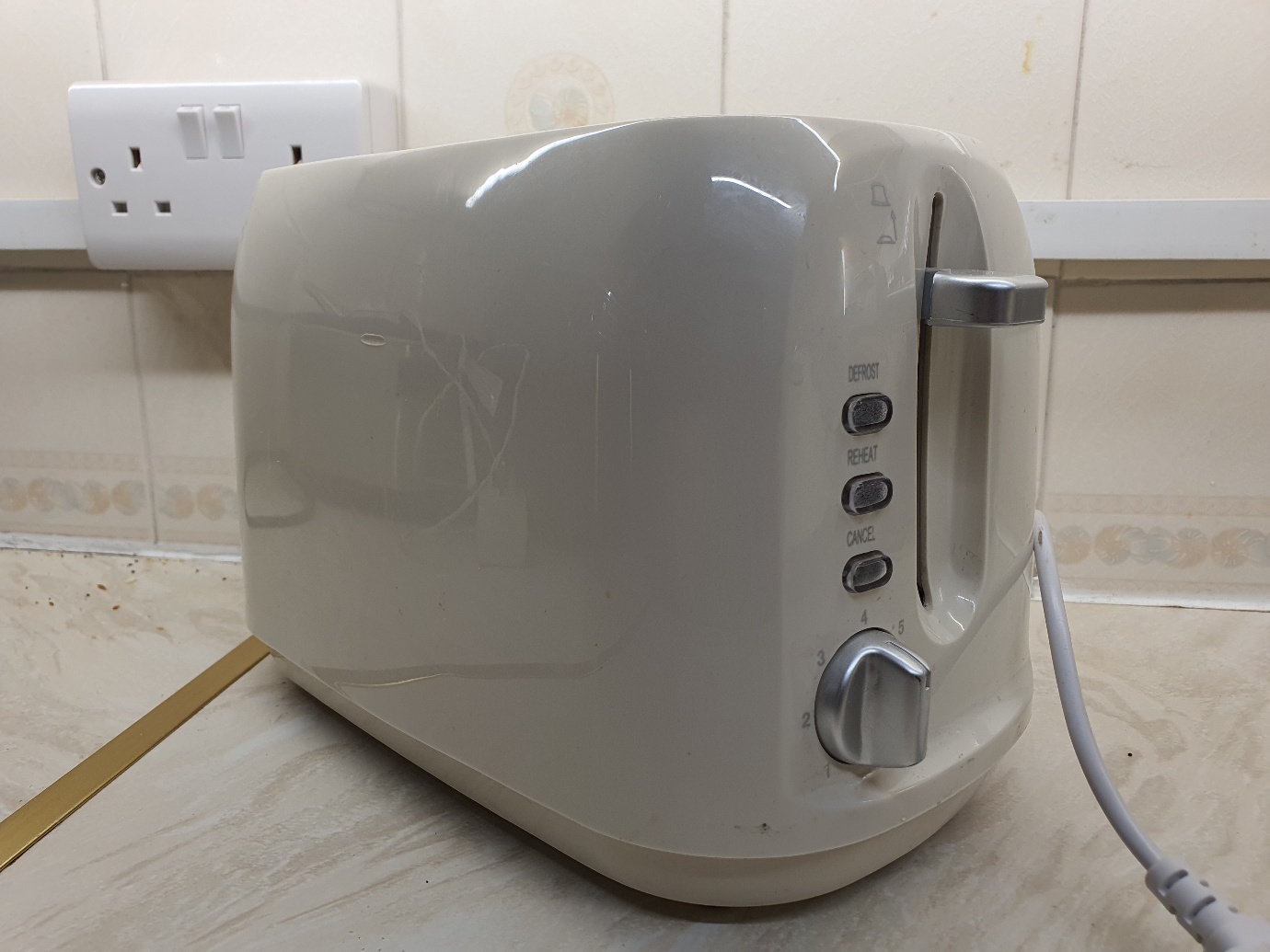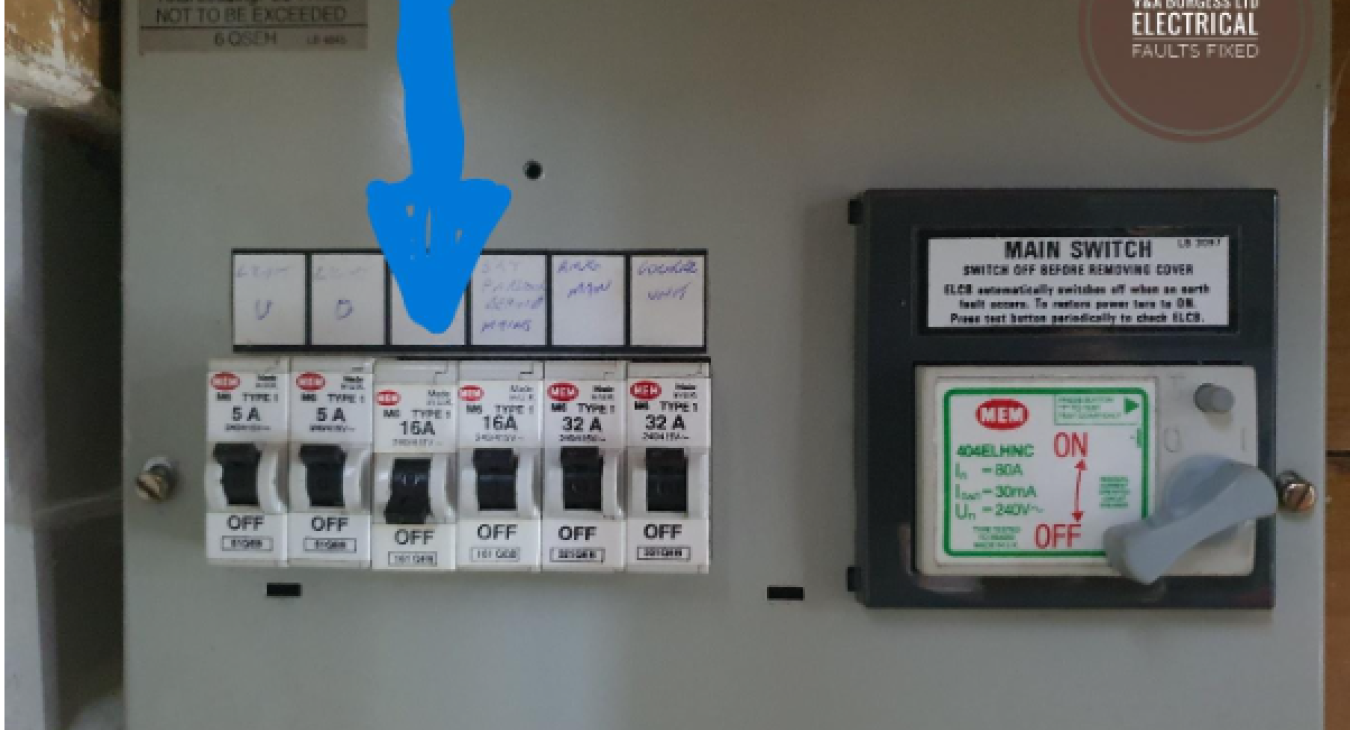What happens when an electrical circuit overloads? - Electrical Faults Fixed
When an electrical circuit overload occurs, the amount of electrical current flowing in the circuit exceeds the safe limits intended by the designer of the circuit and manufacturer of the cabling and components within the circuit. Overload (depending upon frequency and magnitude) can cause a variety of damage to electrical wiring, systems, and components.
Table of Contents
- How much power can electrical circuits handle?
- What happens if a circuit overloads regularly?
- What types of electrical circuit overload are there?
- What are the signs of an overloaded circuit?
- How do I check for an electrical overload?
- Sensible Circuit Loading to prevent overload
- How many electrical appliances are safe to plug in?
- Conclusion
1) How much power can electrical circuits handle?
Different circuits are designed to cope with different demands specific to the design and intention of the circuit. For instance, a circuit intended to cope with the electrical demands of lighting in a domestic property would not cope with the demands of an electric cooker or electric shower. Forcing this circuit to take on such a task would result in electrical overload of the circuit.
Typical power ratings of circuits:
- Lights 6 amps or 1380 watts
- Sockets 16 - 32 amps or 3680 - 7360 watts
- Cooker / Hob 32 amps or 7360 watts
- EV Car Charger 32 amps or 7360 watts
- Electric Shower 32 - 47 amps or 7360 - 10800 watts
2) What happens if a circuit overloads regularly?

(Photo: A socket outlet with burnt out connection at rear terminal)
When a circuit overloads on a regular basis, the trip switch, breaker or fuse at the electrical panel or fuse box will operate causing the supply to disconnect to the circuit. Regular overloading can be an electrical safety concern but more often than not, the circuit wiring and trip switch will end up taking the brunt of the damage. Regular overloading of circuits will:
- Damage the circuit wiring
- Cause wear to the insulation around the cables
- Wear out the trip switch or protective device
- Cause problems for any accessories (like sockets) on the circuit
- Result in the need for a rewire sooner
3) What types of electrical circuit overload are there?
There are two types of scenarios when excessive electrical current might flow in a circuit. These are:
Overcurrent - When a current exceeds the rated value of the circuit design / current carrying capacity of the cable / rating of the protective device. This could be as a result of an electrical fault such as short circuit or an overload.
Overload - An overcurrent that occurs in a circuit that is electrically sound. No electrical faults exist except for excessive current demand which may be down to poor circuit design or user error.
Back to top4) What are the signs of an overloaded circuit?
There can be a number of signs that an electrical circuit is overloaded or in danger of becoming overloaded such as:
- The overcurrent protective device operates or is hot to the touch.
- Very few socket outlets and many extension leads
- Scorch marks, discolouration and cracking of socket outlets. Damaged socket outlets.
- Electrical Equipment or wiring fails regularly
- Buzzing from the fuse box or electrical panel
- Lack of correct operation of devices or lights
- Appliances that don't run correctly.
Whilst the above list is not exhaustive, the points mentioned can indicate that electrical overload may be occurring on a circuit.

(Photo: An MCB overcurrent protective device that will trip when overload occurs)
Back to top
5) How do I check for an electrical overload?
If in doubt, consult a professional electrician to check your electrical outlets and the home's electrical system. A qualified electrician can check each dedicated circuit at the breaker box to ensure that there are no issues with the total load on each circuit, the circuit loads in general and that the home's circuits don't exceed the capabilities of the power supply, electrical panel, or consumer unit.
In older homes that have not been rewired recently, there may be a greater risk of electrical fires from electrical malfunctions so it’s important to check with your chosen professional to establish if there are any potential hazards with your wiring. Our modern electrical needs can often exceed the safe capacity of older wiring by placing too much demand on outdated equipment. A substantial electrical load such as an Electric Vehicle charger can present a fire risk if added to an old fuse box or panel for example.
Back to top6) Sensible Circuit Loading to prevent overload
When we look at electric overload on a circuit, we have to consider the circuit's capacity and the electrical devices that are being used on the circuit. High-power appliances may need their own electrical circuit in order to operate safely. Each appliance has a load rating which can be found on the data badge for the appliance. Each appliance will demand a different load from the electric circuit so make sure that you check before installing appliances that the entire circuit can cope with the load.
Portable high power appliances such as a vacuum cleaner, kettle, toaster and so on are fine to be used on a suitably rated socket outlet circuit and will not require their own single circuit.

(Photo: A toaster is a high powered appliance. The data badge can be found on the bottom)
Back to top7) How many electrical appliances are safe to plug in?
We can plug in an almost unlimited number of electrical appliances on a socket outlet circuit, the issues may arise when we attempt to then power up all the appliances at the same time. Kitchen appliances are a common cause of an overloaded circuit and commonly an overloaded electrical outlet too!
A 32 amp Socket outlet circuit can handle a maximum safe load of 7360 watts which equates to a 4 slice toaster, powerful electric kettle and washing machine. Check our appliance power ratings here.
"But wait!" I hear you cry; I have lots more appliances than that in my kitchen!!
We have to realise that whilst we have any appliances that are very powerful in our homes, it is unlikely that they will all be switched on and used at the same time or drawing their maximum amount of power at the same time.
Never plug in high powered appliances with extension cords or power strips as these cannot handle high powered loads simultaneously. Too much current flowing through an extension cord is a risk for home fires. You can use the calculator to work out what is safe to plug in to an extension cord or power strip.
Back to top8) Conclusion
There are many reasons why a circuit will overload but regular overloading will cause electrical problems that may lead to danger. Overloading will eventually result in costly repairs as the wiring and circuit protection devices are made to operate beyond their limits. If you have an overloaded circuit, trip switch problems or suspect that you have overloading issues in your property, it’s best to contact a qualified electrician to see what is happening and what options there are for repairs.
Back to top
Read more articles
- Log in to post comments


